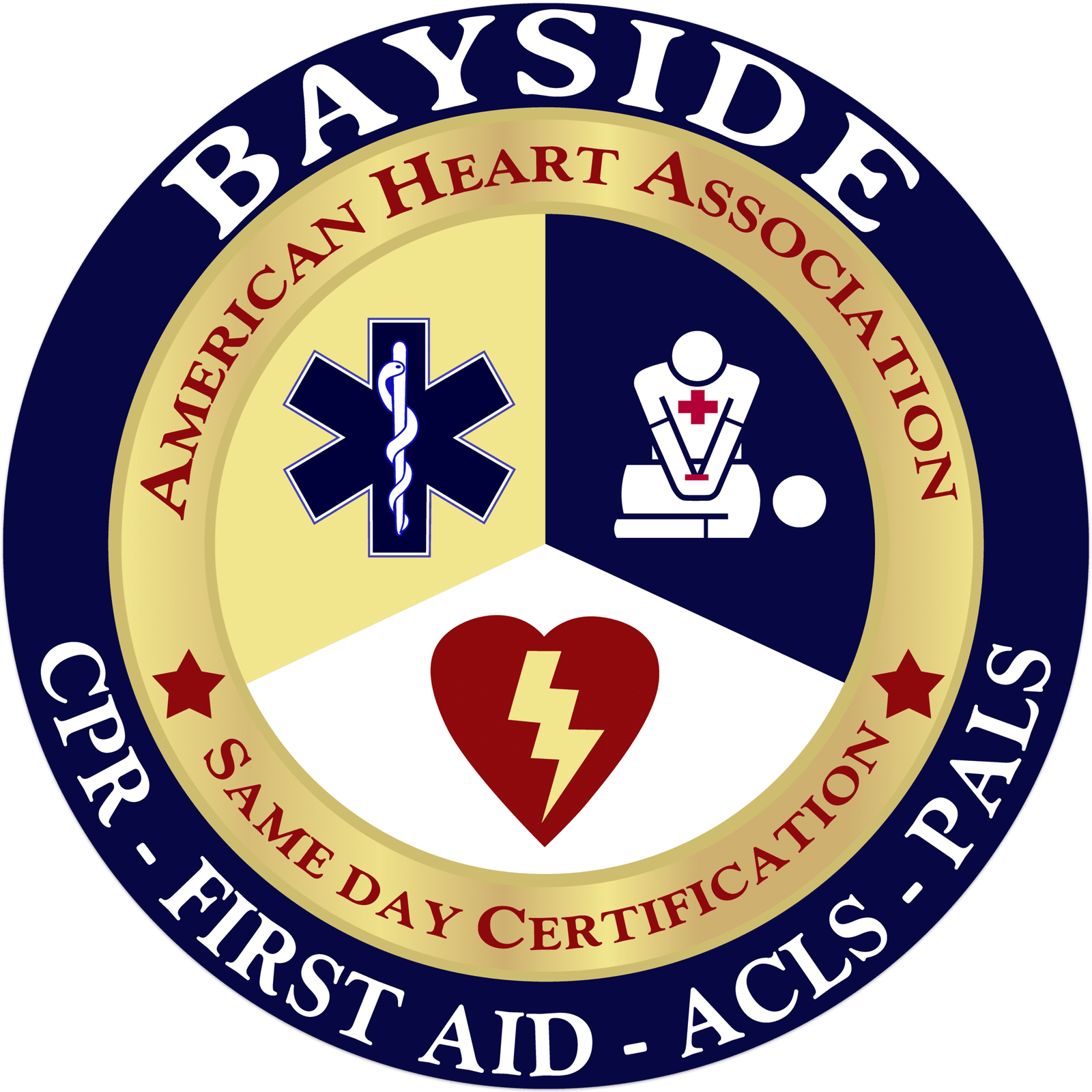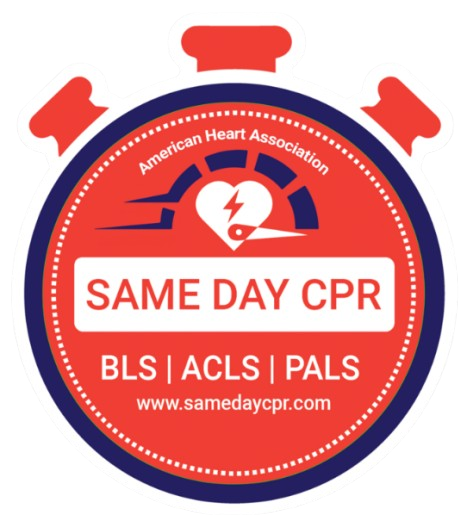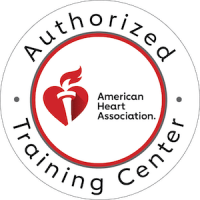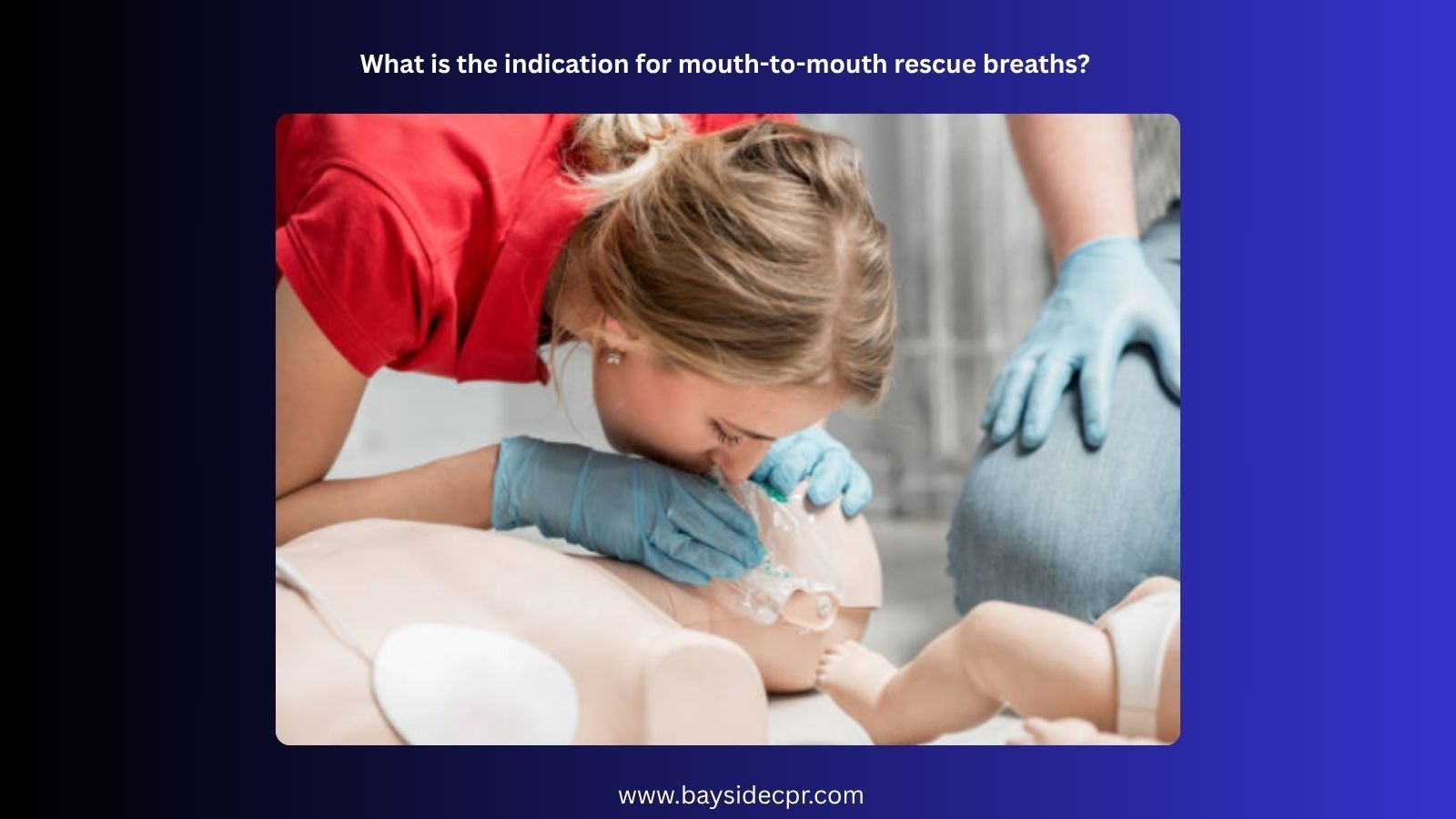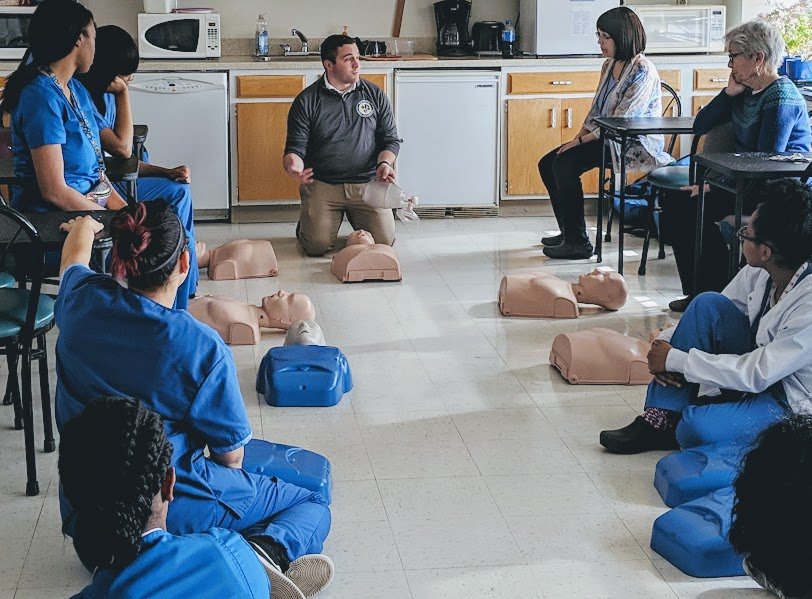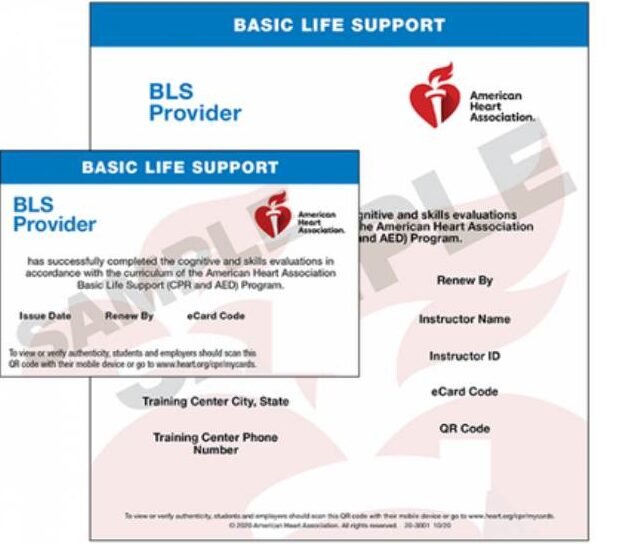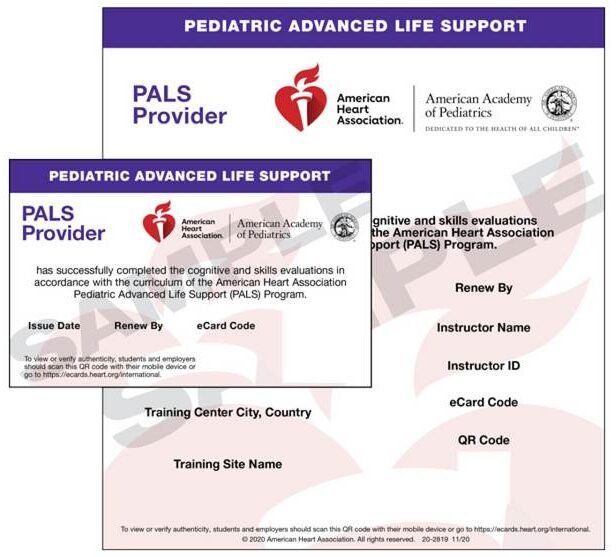You’re at a family gathering, and your young nephew suddenly chokes and goes limp in your arms. His heart is still beating, but he’s not breathing. In that moment, mouth-to-mouth rescue breaths (traditional CPR) can mean the difference between life and death. This technique is indicated when someone has a pulse but isn’t breathing effectively on their own. It’s a critical skill, especially in situations where no rescue equipment is available, allowing you to deliver the oxygen their body so desperately needs.
Note: Rescue breathing remains an important part of CPR, but when and how you use it depends on the situation and your training. If you’re an untrained bystander, it’s usually best to perform hands-only CPR, just chest compressions, especially for adults who suddenly collapse. But if you’re trained or certified in CPR or a healthcare professional, you learn to include rescue breaths, especially in cases like drowning, opioid overdose, or when helping babies and kids. Learn more about key differences between Hands-Only CPR and Traditional CPR (mouth-to-mouth rescue breath).
What is mouth-to-mouth rescue breathing?
Mouth-to-mouth rescue breathing is a hands-on way to help someone who isn’t breathing but still has a pulse. You’re essentially becoming their lungs, blowing air directly into their mouth to deliver oxygen to their body. It might sound simple, but it can be incredibly effective in those first critical moments. This technique works by filling the person’s lungs with air, giving their body the oxygen it needs to stay alive until they can breathe on their own or emergency help arrives. Before starting, it’s important to confirm that the person has a pulse and learn more about the components of a pulse check in an unresponsive victim to ensure rescue breathing is the right intervention.
Why Mouth-to-Mouth Rescue Breaths Are Crucial?
Mouth-to-mouth rescue breaths are crucial because of the following reasons.
- When someone isn’t breathing, their brain and organs are starving for oxygen. Mouth-to-mouth gives them that essential breath until help arrives.
- Rescue breaths help keep the person alive while waiting for EMS or for their breathing to return on its own. Every breath you give makes a difference.
- Even if the heart is still beating, it can’t do much without oxygen. Rescue breaths keep the oxygen moving through the bloodstream.
- Kids and drowning victims often stop breathing before their heart stops. Mouth-to-mouth can reverse that quickly if started early.
- You don’t need special equipment, just your breath and some basic training. That makes it one of the most accessible ways to save a life in an emergency.
What are the situations in which rescue breaths are recommended?
Rescue breaths are recommended in certain situations where providing oxygen can help sustain life until full medical help arrives.
1. Drowning Victims
Rescue breaths are especially important for drowning victims because their primary issue is a lack of oxygen, not a heart problem. When someone is pulled from the water and isn’t breathing, giving rescue breaths right away can help get air back into their lungs and improve their chances of survival. In these situations, quick action makes a big difference, starting with a couple of good breaths before CPR can truly help.
2. Cardiac Arrest With Respiratory Issue
In cases where cardiac arrest is caused by a respiratory issue, like a severe asthma attack, drug overdose, or choking, rescue breaths play a crucial role. Since the heart may have stopped due to a lack of oxygen, getting air into the lungs quickly can help restore oxygen levels and improve the chances of a successful resuscitation. It’s not just about chest compressions here; those breaths can make all the difference.
3. Drug Overdose Cases
In drug overdose cases, especially with opioids (a broad group of pain-relieving medicines that work with your brain cells), breathing often slows down or stops before the heart does. That’s why rescue breaths are so important; they help get oxygen back into the body while waiting for the person to start breathing on their own or for medications like naloxone to kick in. Quick, steady breaths can help keep the brain and other organs alive until more advanced help arrives.
4. Choking Victims (Post-Relief)
After a choking victim has been successfully relieved but is still unresponsive and not breathing, rescue breaths are key. Even though the blockage is gone, their airway may still be swollen, or their lungs may not have received enough oxygen. Giving gentle rescue breaths can help reintroduce air and support their recovery until normal breathing returns or emergency help takes over. If you’re looking for guidance on how to handle an emergency alone, check out our tips on what to do if you are alone and choking. Knowing how to act quickly can be lifesaving.
5. Victims of Smoke Inhalation or Carbon Monoxide Poisoning
Victims of smoke inhalation or carbon monoxide poisoning often suffer from a lack of oxygen because harmful gases take the place of oxygen in the bloodstream. In these cases, rescue breaths can help deliver fresh air and improve oxygen levels until advanced care is available. It’s a critical step that can buy valuable time and support vital organs while waiting for emergency responders.
6. Respiratory Arrest (Heartbeat Present but Not Breathing)
When someone is in respiratory arrest, meaning they have a heartbeat but aren’t breathing, rescue breaths are essential. Since their heart is still pumping, giving breaths can keep oxygen flowing to the brain and other organs. It’s one of those moments where quick action with proper rescue breaths can truly keep someone alive until their breathing returns or help arrives.
7. When Performing CPR with One Rescuer
When performing CPR alone, especially if you’re trained, rescue breaths are still an important part of high-quality care, particularly for situations like drowning, overdose, or respiratory arrest. As a solo rescuer, you’ll follow the cycle of 30 compressions to 2 breaths, making sure each breath makes the chest rise. It might feel like a lot to manage on your own, but those breaths can be life-saving when the person’s problem starts with a lack of oxygen. Wondering when rescuers can typically pause compressions during high-quality CPR? Giving rescue breaths during the proper cycle is one of the few appropriate times to briefly pause, as long as the interruption is less.
How to Perform Mouth-to-Mouth Rescue Breaths?
Follow these step-by-step instructions to perform mouth-to-mouth rescue breaths effectively and safely.
Step 1: Check for responsiveness and breathing.
Step 2: Call for help (911) or ask someone else to.
Step 3: Open the airway using the head-tilt, chin-lift technique.
Step 4: Pinch the nose shut, and take a normal breath.
Step 5: Seal your mouth over the victim’s mouth (create a tight seal).
Step 6: Give 1 breath over 1 second; watch for chest rise.
Step 7: Give a second breath after the chest falls.
Step 8: Continue with CPR (30 compressions to 2 breaths) if there’s no pulse.
Step 9: If the person starts breathing, place them in the recovery position and monitor.
Common Mistakes To Avoid While Performing Rescue Breaths
Rescue breaths are crucial in emergencies, but avoiding common mistakes can make all the difference in saving a life.
- Not Creating a Proper Seal: Failing to create a tight seal around the victim’s mouth (or mouth and nose for infants) can cause air to leak out, reducing the effectiveness of breaths.
- Blowing Too Hard or Too Fast: Delivering breaths too forcefully or rapidly can cause air to enter the stomach instead of the lungs, leading to vomiting and potential aspiration.
- Giving Breaths Too Quickly: Rescue breaths should be delivered slowly, about one breath every 5 to 6 seconds for adults. Rapid breaths do not allow adequate chest rise or effective oxygenation.
- Not Tilting the Head Properly: Failing to tilt the head back and lift the chin can block the airway, preventing air from reaching the lungs.
- Overlooking Airway Obstructions: Not checking or clearing the airway of visible obstructions (like food, vomit, or dentures) can prevent air from reaching the lungs.
- Inadequate Chest Rise: If the chest does not visibly rise, it may mean breaths are not effective; check the seal, head position, and airway patency.
When Is Rescue Breathing Not Recommended?
Rescue breathing is vital in many situations, but there are specific cases when it’s not recommended.
- Rescue breathing isn’t necessary when the victim has both a pulse and normal breathing, since their airway and respiration are functioning properly.
- When the victim has a pulse but inadequate breathing, and advanced airway tools are available, intubation or other advanced methods may be used instead of standard rescue breaths.
- In cases of major trauma or suspected spinal injury, opening the airway could cause further harm, so rescue breathing may be postponed until spinal precautions are in place.
- If safety concerns, such as infectious disease, prevent the rescuer from giving rescue breaths, hands-only CPR can be used as an alternative.
- When an unconscious person is still breathing but shows signs of airway blockage (like choking), rescue breathing won’t be effective until the airway is cleared.
Learn How and When to Give Rescue Breaths In An Emergency
In summary, mouth-to-mouth rescue breaths are a powerful and simple way to support someone whose heart is still beating but who can’t breathe on their own. In those urgent moments, whether it’s a drowning victim, a child who stopped breathing, or someone struggling after an overdose, your breath can deliver life-saving oxygen when every second counts. While rescue breaths aren’t always needed for every emergency, knowing when and how to use them can make all the difference. With some basic training and confidence, you become a critical link in the chain of survival, helping keep oxygen flowing and giving the person a fighting chance until professional help arrives. It’s a skill worth learning because you never know when you might be the one who needs to step up and breathe life back into someone’s world.
Before jumping in, though, it’s important to understand what you’re legally required to do before you touch a person when responding to an emergency. Knowing your responsibilities helps ensure that you’re protected and that the help you give is both safe and effective. Mouth-to-mouth is a skill worth learning because you never know when you might be the one who needs to step up and breathe life back into someone’s world.
